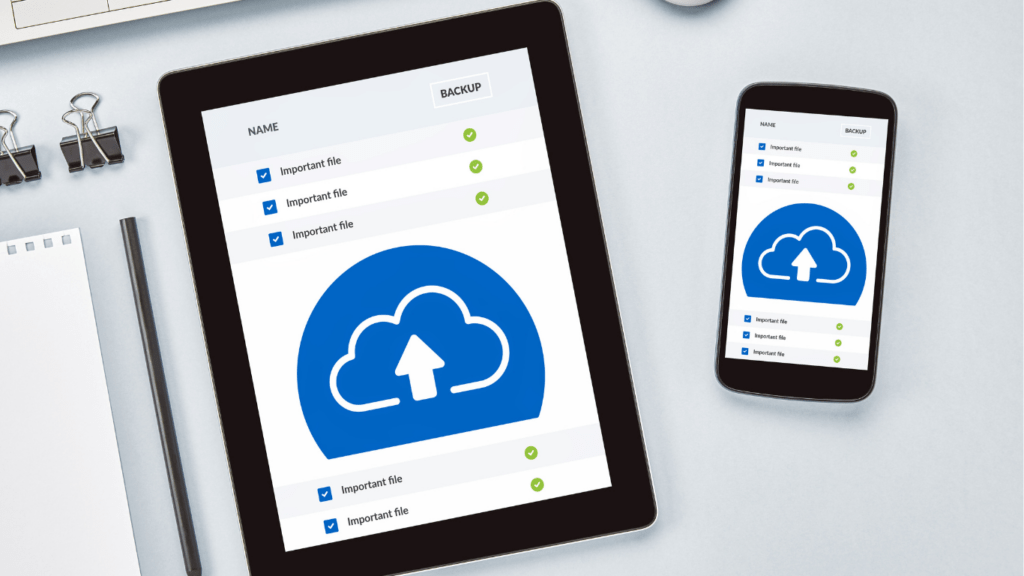Working remotely has become the new normal for many of us, and staying connected with teammates is more important than ever. Without the luxury of quick in-person chats or impromptu brainstorming sessions, remote teams rely heavily on online collaboration tools to bridge the gap. These tools have transformed the way we communicate, share ideas, and manage projects from anywhere in the world.
The Growing Need for Online Collaboration Tools
Remote work has transformed how teams operate, making online collaboration tools essential for daily activities. These tools enable seamless communication, task coordination, and data sharing across distributed teams. With 58% of American workers now offered the flexibility of remote work at least part-time (Gallup, 2023), organizations face greater demand for reliable digital platforms to maintain efficiency.
Digital tools address common remote work challenges, such as miscommunication and lack of accountability. Features like instant messaging, file sharing, and project tracking ensure clarity and transparency in team workflows. For example, platforms like Slack feature integrated channels for discussions, while Trello provides visual task boards to track project milestones.
Increased globalization has further amplified this need. Companies operating across time zones rely on tools offering asynchronous options, such as shared document editing and recorded meetings. Google Workspace and Asana exemplify solutions tailored for cross-border integration, streamlining collaboration between diverse teams.
Organizations adopting online tools experience higher productivity and morale. A 2023 study by McKinsey reported a 25% boost in output for remote teams using advanced collaboration platforms. As technology evolves, I expect agility in digital solutions to remain critical for remote workplaces.
Key Features of Effective Online Collaboration Tools
Effective online collaboration tools combine robust features to support seamless remote teamwork. These tools enhance productivity by:
- facilitating efficient file sharing
- communication
- project management
- secure access
File Sharing and Storage
Collaborative tools simplify file sharing and storage by centralizing resources. Teams can upload, organize, and access documents in platforms like Google Drive and Dropbox without delays. Version control ensures that the latest updates are tracked to avoid duplicate work. File-sharing capacities often include integration with daily-used applications, enabling workflow consistency.
Real-Time Communication
Real-time communication features maintain connectivity and alignment. Tools like Slack and Microsoft Teams provide instant messaging, audio calls, and video conferencing, empowering teams to resolve issues promptly. Built-in notifications and status indicators help manage availability, ensuring everyone stays engaged despite being geographically distributed.
Project Management Capabilities
Project management functionalities structure workflows effectively. Platforms such as Trello and Asana allow task assignments, deadline tracking, and progress monitoring in one interface. Gantt charts, Kanban boards, and reporting tools streamline complex tasks, ensuring accountability for team and individual contributions.
Accessibility and Security
Collaboration tools promote accessibility across devices and operating systems. Cloud-based solutions enable team members to log in securely from any location. Security features like end-to-end encryption, two-factor authentication, and user permissions protect sensitive data while ensuring compliance with industry standards.
Review of Popular Online Collaboration Tools

Exploring the top online collaboration tools helps identify solutions that keep teams connected and efficient. I’ve reviewed some of the best platforms widely used by remote teams.
1. Slack
Slack simplifies team communication with its intuitive interface and structured channels. It supports instant messaging, file sharing, and integrations with over 2,000 apps like Google Drive and Trello. Features like searchable message history provide easy access to past discussions, while huddles facilitate quick audio or video calls. The tool enhances productivity by centralizing conversation threads.
2. Microsoft Teams
Microsoft Teams combines communication and collaboration features in one platform. It includes high-quality video conferencing, persistent chat, and seamless integration with Microsoft 365 apps like Word, Excel, and SharePoint. Teams also offer tools for co-authoring documents in real time. Secure workflows and compliance tools make it ideal for businesses handling sensitive data.
3. Asana
Asana improves project management with visual task tracking and robust organizational tools. Its boards, timelines, and workload views allow teams to allocate resources effectively. Automation rules simplify repetitive tasks, and milestones provide clarity on progress for long-term projects. I find it effective for maintaining accountability and meeting deadlines.
4. Trello
Trello excels in flexibility with its customizable Kanban boards for task tracking. Each card supports attachments, deadlines, and checklists, enabling detailed task management. Power-Ups integrate external tools like Slack and Google Workspace to broaden functionality. Its simple yet powerful design makes it appealing for teams of any size.
5. Zoom
Zoom is a leading video conferencing platform that supports HD video calls, webinars, and virtual events. Breakout rooms improve collaboration, while features like live transcription enhance accessibility. Screen sharing and whiteboards create interactive environments. Its scalability makes it an excellent choice for everything from one-on-one meetings to large-scale conferences.
Benefits of Using Online Collaboration Tools for Remote Teams
Online collaboration tools provide essential support for distributed teams, fostering seamless communication and efficient project execution. Their integration into remote work environments significantly enhances key aspects of team functionality.
Improved Communication
Effective communication is the backbone of any remote team, and collaboration tools streamline this process. Platforms like Slack and Microsoft Teams offer instant messaging and video call features, ensuring team members can exchange updates and share ideas in real time. Language barriers and time zone differences become easier to manage using tools with asynchronous messaging, allowing seamless interaction across the globe.
Enhanced Productivity
Productivity thrives when processes are streamlined and accessible. Tools such as Trello and Asana improve task management by assigning roles, tracking progress, and visualizing workflows within a single interface. Real-time document collaboration through platforms like Google Workspace eliminates versioning issues, saving time and fostering cohesive teamwork.
Better Time Management
Time management improves when online tools consolidate tasks and communication. Scheduling features in tools like Microsoft Teams or Zoom enable better planning for global teams by accommodating different time zones. Calendar integration features reduce the risk of missed deadlines, facilitating timely project deliveries while prioritizing essential tasks effectively.
Challenges and Limitations
Remote teams using online collaboration tools often face specific challenges that can hinder their effectiveness. Understanding these limitations is key to mitigating their impact and ensuring seamless workflows.
Learning Curve for New Tools
Adopting new tools can be time-consuming due to unfamiliar interfaces and features. Employees often require formal training or self-paced learning resources to become proficient with platforms like Microsoft Teams or Asana. Teams also experience delays in project progress as members adapt to using these tools effectively. If platforms lack user-friendly designs, frustration may arise, reducing engagement and productivity.
Dependence on Internet Connectivity
Reliable internet access remains crucial for remote work. A slow or unstable connection disrupts video calls, delays file uploads, and creates gaps in communication. For teams in different regions, varying levels of internet infrastructure can impact asynchronous collaboration through tools like Zoom or Dropbox. Limited bandwidth often leads to bottlenecks, reducing efficiency during peak usage.
Balancing Integration with Workflows
Seamlessly blending new tools into existing workflows takes foresight and effort. Platforms like Slack or Trello might duplicate functions already managed through other systems, causing redundancies. Poor integration between tools and company processes can result in disjointed communication and missed deadlines. Teams must carefully evaluate whether new tools genuinely enhance efficiency or complicate established routines.



